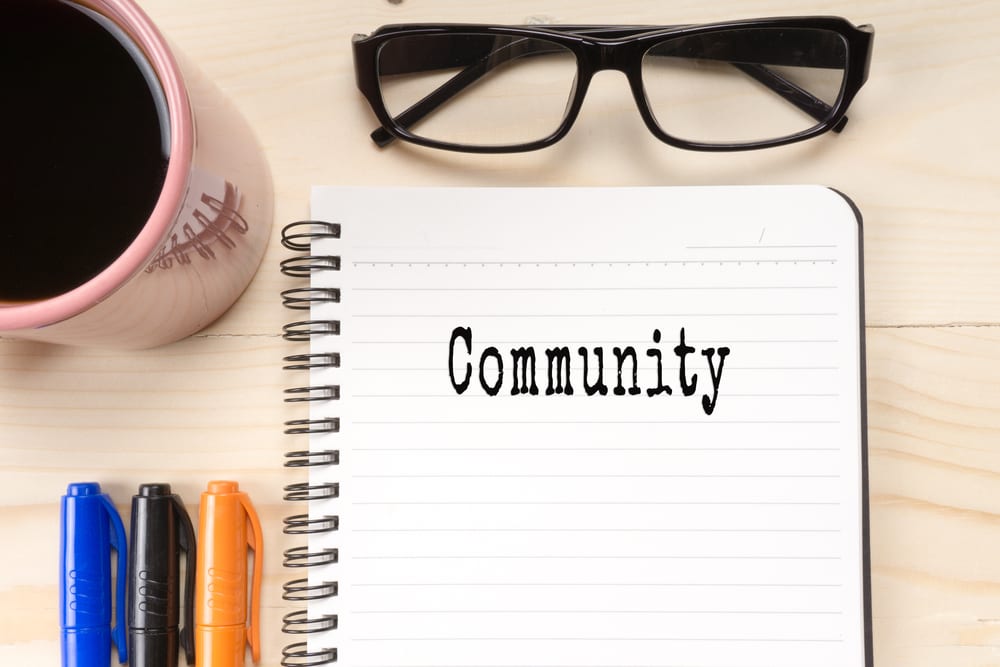There’s a sense that it’s not enough to implement a sustainability program in order to exhibit corporate social responsibility. Rather, there’s a new urgency around not only green, renewable energy and material sourcing policies, but also community initiatives that help combat social ills and environmental injustice. More and more, people are connecting socioeconomic inequality and lack of access to natural resources like clean water and air.
In fact, the issues of social justice and equal access to natural resources are so linked that in 2010, the
How can businesses build community while remaining focused on profitability and revenue?
B the Change offers some important questions companies can ask themselves to get started, including whether to pursue one or several causes, whether to go short term or long term, and whether to give money or time. Certified B Corporations set an example through how they impact their communities and the environment, as well as their workers and customers. They’re certified by the nonprofit, B Lab, to meet rigorous standards of social and environmental performance, accountability, and transparency.
John Falcetta discusses some guiding principles of corporate social responsibility, pointing out the importance of community being able to provide its children with “good schools, extracurricular educational opportunities, recreation, the arts, community service, and entertainment.” Furthermore, he argues that businesses have a vested interest in the common good, and that a business’s contribution to the common good must be self-regulated. Of course, it helps if these values are principles that people from all parts of the company support, rather than merely the C-suite. (Incidentally, if you’re interested in seeing how your company can get involved, learn more here.)
How, then, can liberty, equality, and innovation be honored and encouraged, via corporate community involvement?
Knowing it’s good for the proverbial bottom line certainly can’t hurt. According to Washington State University, ethical leaders have productive workers—largely because motivation levels increase when employees are engaged and fully in support of their workplace’s business practices. Furthermore, consumers want to spend money with ethical organizations. Supporting community-minded businesses offers customers a way to help their communities, indirectly.
Nita Kirby discusses the benefits of a work volunteering program with paid time off factored into a work policy that naturally encourages employees to become more engaged with their community. It can be motivating to develop contacts with a few nearby organizations in order to establish ongoing relationships that may be built upon, over time. If a certain number of hours—for example, 24 hours a year—are designated and set aside for volunteer purposes, employees are likely to be more motivated to take advantage of the time allotted to build ties within the community.
For example, the Xerox Foundation partnered with schools in Dallas, Texas, in order to implement a program called “Readers are Leaders,” which set out to improve reading and comprehension skills as well as encourage a love of books and reading in children. Another company that regularly fights for social justice related causes is Patagonia, who drew attention to the oil spill in Santa Barbara, along the Gaviota Coast. Patagonia maintains a blog called Activism—the latest entry detailing a visit to Standing Rock, North Dakota.
The latter fight for clean water is yet another example of social justice intersecting with environmental sustainability causes and the way these issues often intersect. The pursuit of clean water and air is often tied up in social and racial justice issues, as we can see with Standing Rock as well as the recent water pipe fiasco in Flint, Michigan. These causes are more connected than many of us would like. One doesn’t have to investigate very far or look too hard before seeing how racial, social, and environmental justice causes often overlap.
Matt Walker argues that the key to creating community outreach that is ongoing and self-sustaining is by creating a culture, rather than merely establishing a volunteer program. Nowadays, people are more connected than ever to the brands they support, going so far as to “Like” their favorite companies on Facebook and Twitter, and to regularly post comments on their pages. People want to feel as if they are a part of something bigger than themselves, and becoming part of an online community of like-minded folks is one way to do that. Furthermore, it’s possible to learn a lot about one’s customer base by paying close attention to their feedback and what they respond to most favorably, via social networks.
Josepf Haslam testifies to the importance of community building to not only content building but also to the proverbial bottom line: “For example, we have military scholarships that we’re running off the website, and we made friends with a number of different influencers out there.” Haslam explains how customers voluntarily share this kind of content with their friends and networks, since it speaks to their values and belief systems. Creating this kind of shareable content not only has the potential to deepen existing relationships; it also appeals to a great many friends of existing customers, expanding your customer base even further, in a genuine way.
Conclusion
If your company is able to create a culture that both employees and customers can relate to, it’s more likely to facilitate long-lasting change. A culture is made up of people engaging in certain repetitive rituals and behavior that become integral to a shared identity. If your company rewards and recognizes behavior promoting social giving and relationship building, you will have created a culture of community outreach that sustains and defines your company for a long time to come.
Image: Shutterstock


